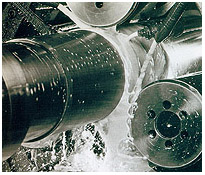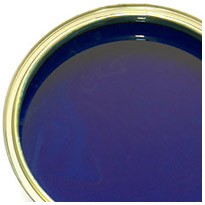|
With more than 10 distinct grades, Isopar fluids offer a wide range of technical advantages. They provide recognized benefits in many applications, from improved worker comfort during cleaning and painting activities to cost optimization in metalworking operations and polyolefin manufacturing.
# Air fresheners
# Decorative paints
# Electro discharge machining (EDM)
# Evaporative oils (metalworking)
# Personal care products
# Industrial cleaning
# Insecticide aerosols
# Liquid toner for printing
# Metal forming
# Crop protection
# Polishes and waxes
# Polymerization processes
# Sealants
|
Health and Safety

Health skin condition on cleanliness. Oils and greases in contact with skin can result in plugging of sweat glands and hair follicles. This may lead to skin irritation or dermatitis. Accordingly, good personal hygiene should always be practiced. Oils, greases and other foreign material should be removed from the skin promptly. Soiled clothing should not remain in contact with the skin. Isopar is readily removed from the skin by waterless hand cleaners followed by washing with soap, warm water, and a skin brush. It can be removed from clothing by dry-cleaning with solvents or by washing with laundry detergents. If Isopar comes in contact with the eyes, wash the eyes with fresh water until the irritation subsides.

WARNING: “Empty” containers retain (liquid and/or vapor) and can be dangerous. Do not pressurize, cut weld, braze, solder, drill, grind, or exposes such containers, to heat, flame, spark, or the other source of ignition; they may explode and cause injury or death. Do not attempt to clean since residue is difficult to remove, and even a trace of remaining material constitutes an explosive hazard. “Empty” drums should be completely drained, properly bunged, and promptly returned to a drum reconditioner. All other containers should be disposed of in an environmentally safe manner and in accordance with government regulations.
|

